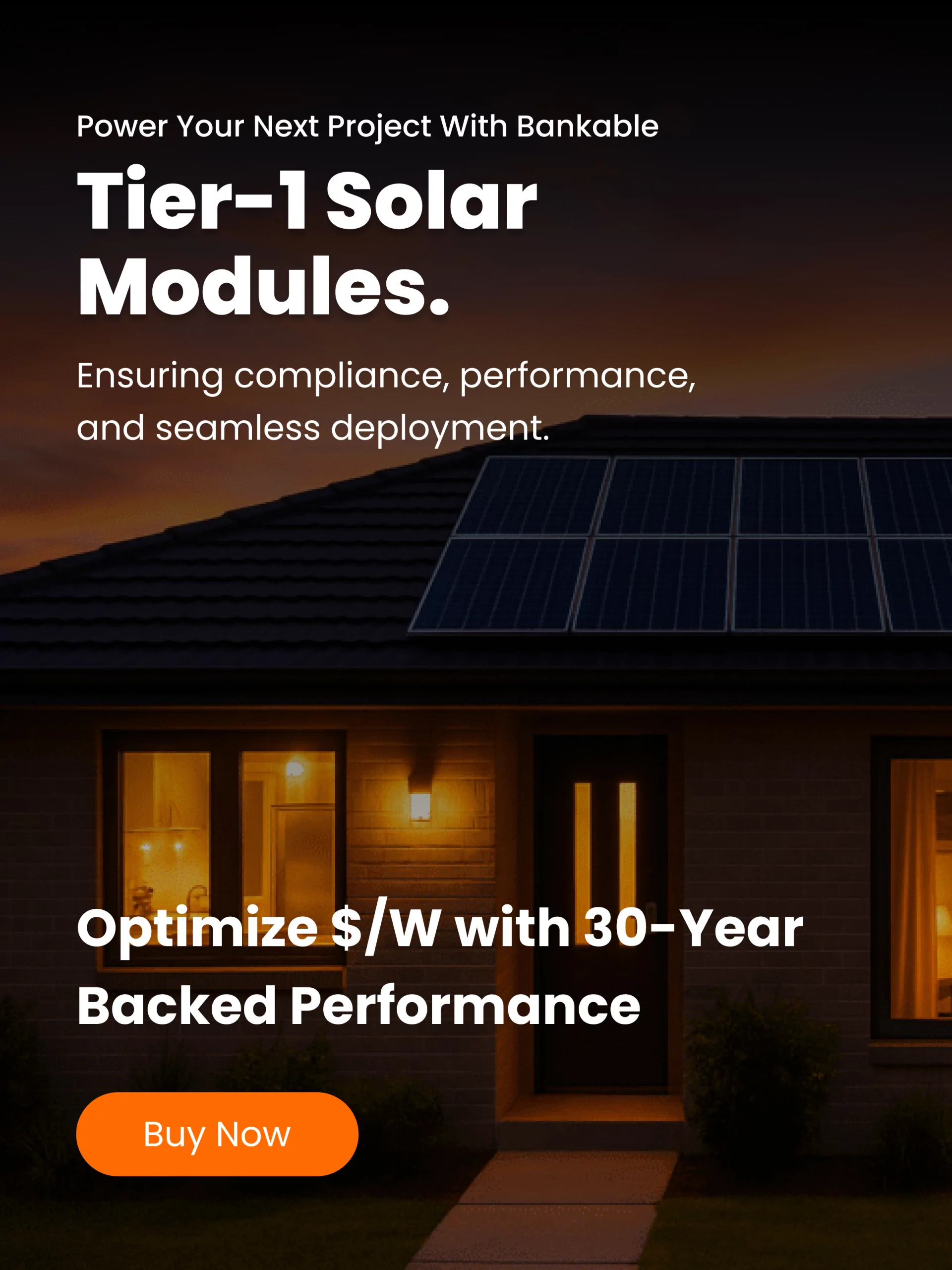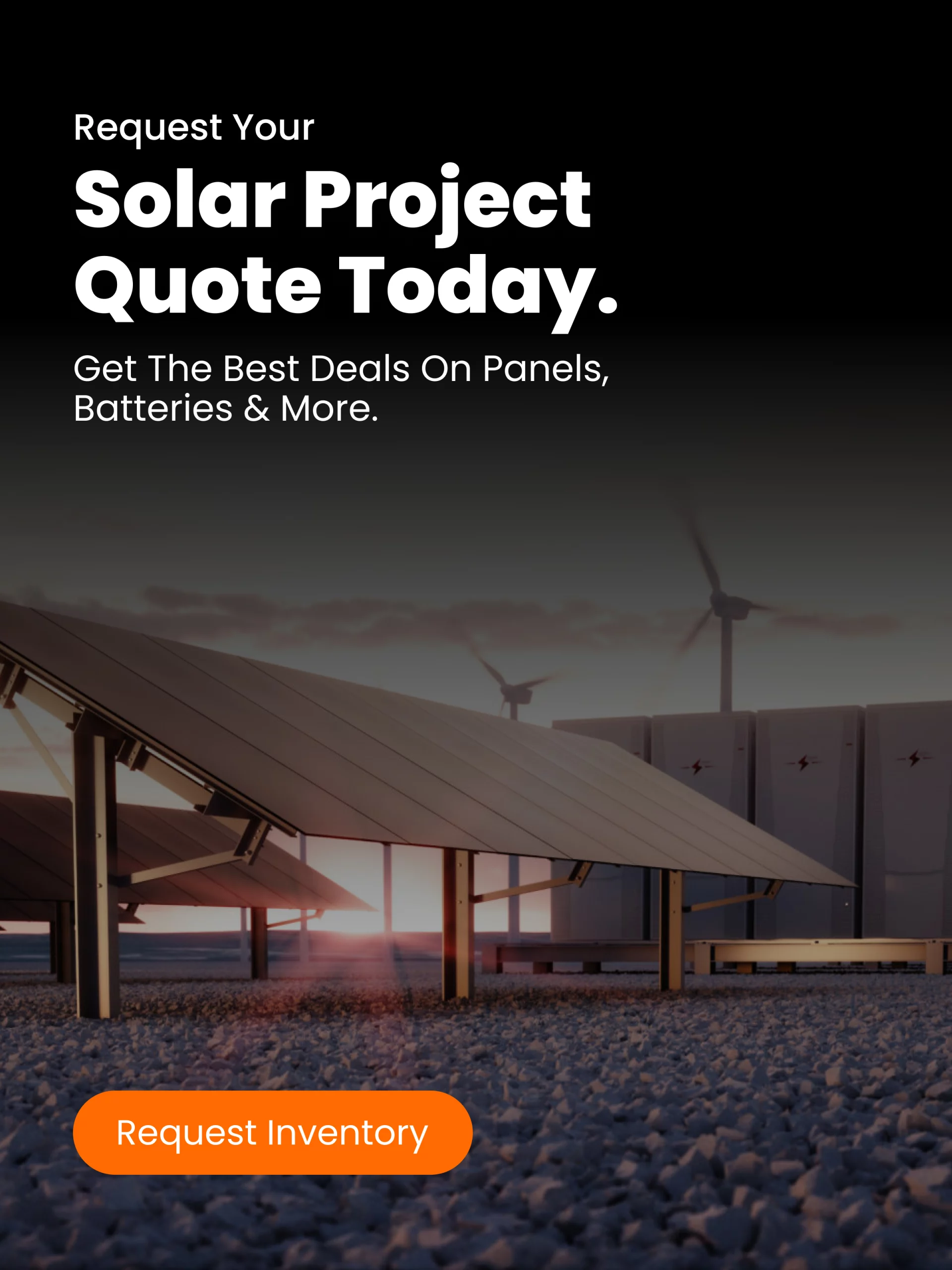When investing in solar panels, most people first think about cost, system size, and how much electricity they’ll generate. But one of the most important, and often overlooked, factors is how well those panels have been tested and certified.
Certifications give you confidence that a solar module is safe, reliable, and built to last. Proper testing simulates real-world stresses, like heat, moisture, hail, and mechanical loads, to ensure the panels can withstand decades of use. On top of that, many incentive programs, permitting authorities, and utilities require specific certifications to qualify for rebates or interconnection.
Key certification standards for solar panels
Here’s a breakdown of the most widely recognized certification and testing standards for solar modules, and what they mean for you.
IEC standards
The International Electrotechnical Commission (IEC) develops many of the global standards used in solar testing. These benchmarks guide third-party test labs to evaluate the safety, performance, and durability of modules.
IEC 61215: Performance & Durability
- This is a design qualification standard for crystalline silicon modules. It subjects panels to aging and environmental stress tests, like thermal cycling, damp heat, hail impact, and humidity-freeze.
- The goal is to simulate many years of real-world wear and verify that the modules don’t suffer major performance degradation.
- That said, passing IEC 61215 doesn’t guarantee a panel will remain flawless for 25 years, it mostly helps rule out early (“infant mortality”) failures.
IEC 61730: Safety
- This standard is all about safety: electrical insulation, fire risk, mechanical strength, and construction.
- It’s divided into two parts:
- Part 1 (construction requirements) ensures components and design adhere to safety principles (for example, minimum insulation thickness, safe distances (“creepage” and “clearance”) at high voltages).
- Part 2 specifies how to test for those safety risks (e.g., electrical shock, fire, impact resistance).
- Part 1 (construction requirements) ensures components and design adhere to safety principles (for example, minimum insulation thickness, safe distances (“creepage” and “clearance”) at high voltages).
Corrosion-resistance standards
Depending on where you install your system, certain IEC standards help make sure panels hold up against specific environmental challenges:
- IEC 61701 covers salt mist corrosion. If you’re near the coast or in a salty environment, this is especially relevant.
- IEC 62716 tests for ammonia corrosion, which may be critical for installations near farms or livestock facilities.
UL (Underwriters Laboratories) Certifications
In North America (especially the U.S.), UL standards are particularly important for safety compliance. UL conducts rigorous testing of solar panels to ensure they meet certain risk thresholds.
UL 1703: Older safety standard
- This has long been the standard for flat-plate PV modules in the U.S.
- It includes fire tests (e.g., spread of flame and burning brand) to assess how modules behave in fire-related scenarios.
- However, UL 1703 is being phased out: as of 2019, UL 61730-1 and UL 61730-2 have become the primary safety qualification standards.
UL 61730: Modern safety standard
- This is UL’s harmonized version of the IEC 61730 safety standard.
- UL 61730-1 addresses construction requirements; UL 61730-2 defines the testing methodology.
- Because it aligns with IEC 61730, UL 61730 enables easier access to both U.S. and global markets.
How to evaluate certifications when choosing solar panels
To make smart decisions during the solar-system purchasing process, use the certification landscape to your advantage:
- Match certifications to your environment.
- If you’re in a coastal region, check for IEC 61701 (salt corrosion).
- In agricultural or livestock-heavy areas, look for IEC 62716 (ammonia).
- For high-wind or heavy-load zones, review mechanical load and hail-testing data (often part of IEC 61215 or UL 61730).
- If you’re in a coastal region, check for IEC 61701 (salt corrosion).
- Prioritize safety.
Safety certifications such as IEC 61730 or UL 61730 matter more than just performance claims. These show that third-party labs have assessed panels for fire, electrical shock, and mechanical hazards. - Understand what performance testing tells you.
IEC 61215 testing indicates that the design has been stress-tested, giving you confidence that a panel is more likely to operate reliably during its early years. - Check for program or policy requirements.
If you’re applying for incentives, rebates, or permitting, verify whether your local utility or authority requires specific certifications (e.g., IEC 61215, UL 61730, or corrosion-resistance standards). - Don’t rely solely on certification.
- Certifications are based on sampled modules, not every single unit coming off the production line.
- Ask manufacturers about ongoing quality practices: Do they do batch testing? Do they have in-house labs?
- Review their warranty policies and degradation guarantees, since certifications don’t always reflect long-term real-world performance.
- Certifications are based on sampled modules, not every single unit coming off the production line.
Limitations of certification
While certifications are incredibly valuable, they don’t paint the full picture:
- Sampling bias: Certification tests are performed on selected modules, not every panel that leaves the factory.
- Performance beyond test limits: IEC 61215 is designed to simulate roughly 5–10 years of stress, not necessarily the full 25+ year lifecycle of a solar system.
- No substitute for manufacturer quality control: Panels from a highly reputable manufacturer with strong QC practices may offer better real-world reliability than a generic certified panel.
Why certifications are worth the attention
Here’s why you should care about certifications when selecting solar panels:
- Long-term investment: Certified panels are more likely to withstand environmental stress and maintain performance, reducing maintenance and replacement costs.
- Safety assurance: Certifications from IEC or UL give you confidence about fire risk, shock hazards, and construction safety.
- Program eligibility: Many incentive programs, net-metering policies, and warranties require certified equipment.
- Resale and financing: Certified modules often make systems more attractive to future buyers or lenders because they indicate quality and tested reliability.
Bottom line
Certifications like IEC 61215, IEC 61730, UL 61730, and environmental standards like IEC 61701 or IEC 62716 are not just formalities. They’re proof that a solar panel has been stress-tested for performance, safety, and durability. While they don’t guarantee perfection, they significantly reduce risk, and back up your long-term investment.
When comparing quotes or shopping for panels, don’t just look at wattage or cost per watt. Take the time to review certification labels, test reports, and manufacturer clarity. Ask your installer or supplier for relevant certification documents. That extra vigilance now can help ensure a smoother, safer, and more reliable solar journey down the road.
Sources:




